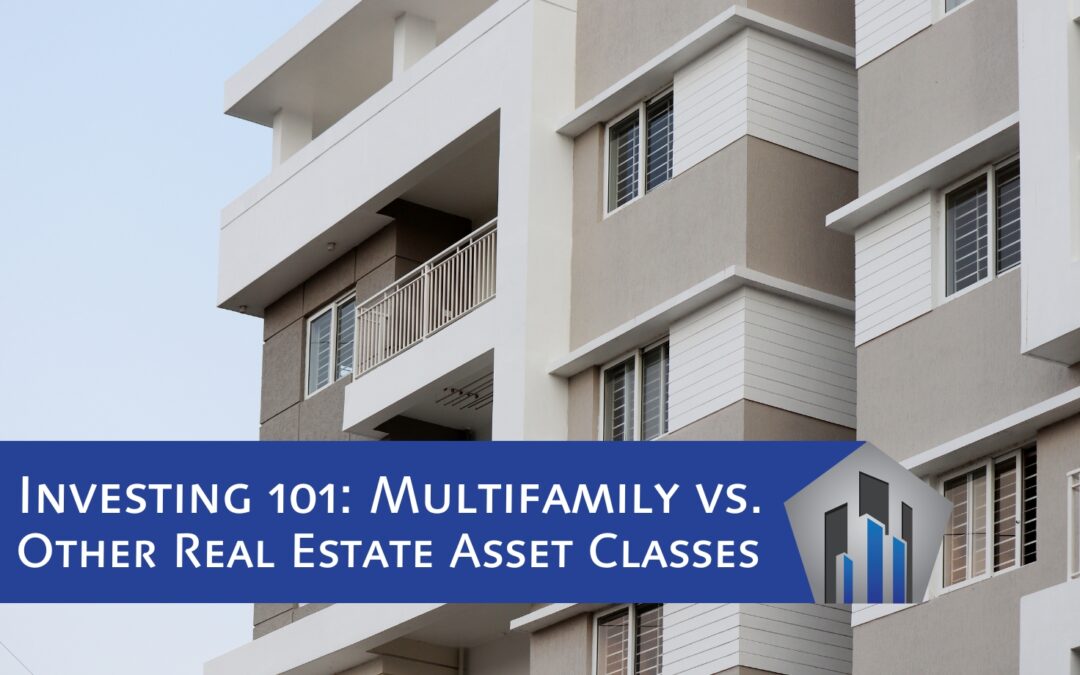Real estate investment is an enticing prospect for many, but navigating the vast landscape of property types can be overwhelming. For those taking their first steps into real estate, multifamily properties often emerge as a logical starting point. This sector is uniquely appealing due to its inherent simplicity and relatability – most individuals have rented an apartment or owned a home. But why should you consider multifamily properties over other real estate asset classes?
Understanding Multifamily Property
In essence, multifamily properties are defined by having more than one unit. This includes duplexes, triplexes, and four-plexes, each featuring essential amenities such as kitchens, bathrooms, bedrooms, and living spaces. The simplicity of month-to-month or annual leases, coupled with straightforward paperwork, makes multifamily investments more accessible to a broader audience compared to complex asset classes like office spaces, hotels, or retail properties.
For novices, starting with smaller multifamily properties, such as two to four-unit buildings, provides an excellent entry point. Many first-time investors even choose to owner-occupy a unit, living in one and renting out the others. This approach often opens doors to advantageous financing, lower interest rates, and reduced down payment requirements.
As the scale increases to properties with five or more units, they transition into commercial real estate, marked by different financing structures that can be pricier than residential options.
The Pros of Multifamily Property Investment
Multifamily real estate boasts several advantages that make it an attractive choice for investors:
- Cash Flow: Multifamily properties generate consistent monthly cash flow, with predictable rents and the potential for easy unit turnover in robust markets.
- Passive Income: Hiring a property manager can relieve investors of day-to-day responsibilities, offering a source of passive income ideal for those with limited experience in property ownership or management.
- Valuation Potential: Despite occasional market downturns, multifamily real estate tends to appreciate over time, displaying resilience against economic challenges.
- Lowered Risk: Multifamily properties are considered relatively safe investments, as people’s housing needs persist even during economic recessions, creating sustained demand.
- Fewer Loans: Compared to managing multiple loans for individual properties, multifamily investments often involve a single, straightforward bank loan, simplifying financial management.
- Insurance Simplicity: Insurance for multifamily properties tends to be less complicated than for other real estate types, offering the convenience of easily obtaining blanket policies as portfolios grow.
- Scalability: Multifamily properties provide a scalable investment option, allowing investors to expand their portfolio in increments, a task more challenging in other asset classes with higher entry barriers.
- Tax Benefits: Multifamily real estate is highly tax-advantaged, with deductions for mortgage interest and depreciation over a 27.5-year period, offsetting a significant portion of annual rental income.
- Diversity of Product Types: The multifamily sector offers a diverse range of product types, from small duplexes to high-rise apartments, catering to various preferences and investment strategies.
Exploring the Pros and Cons of Different Real Estate Asset Classes:
What are Other Real Estate Asset Classes?
These classes include diverse categories such as commercial real estate (office spaces, retail properties), hospitality (hotels), industrial properties, and specialized assets like self-storage facilities. Each class presents unique characteristics, risks, and potential returns, allowing investors to diversify their portfolios based on their financial goals, risk tolerance, and market conditions.
In commercial real estate, different property types present distinct opportunities and challenges. Commercial properties, including office spaces and retail units, offer a higher income potential through lucrative leases and longer tenant commitments. Building professional relationships with business tenants is an added advantage. However, commercial real estate is sensitive to economic fluctuations, posing challenges during downturns, and finding new tenants can be time-consuming. Moreover, higher initial costs are often associated with commercial properties.
In the hospitality sector, exemplified by hotels, there exists the potential for high returns during peak travel seasons, global market impact through international tourism, and the benefit of brand recognition. Yet, the cyclical demand tied to economic cycles, operational complexities, and substantial upfront investments are notable drawbacks. Industrial properties, such as warehousing and distribution centers, promise steady demand, longer leases, and limited tenant turnover. However, economic dependency, the need for specialized knowledge, and compliance with zoning regulations pose challenges. Finally, specialized assets like self-storage facilities offer advantages such as lower maintenance and diverse revenue streams. Nevertheless, potential oversupply, short-term leases, and limited product diversity are noteworthy drawbacks for investors in this category.
Multifamily Properties, A Reliable Investment
In conclusion, while other real estate asset classes may possess some advantages, multifamily properties present an accessible and reliable entry point into the world of real estate investment. The combination of simplicity, scalability, and numerous investment mechanisms makes multifamily real estate an attractive option for many investors. For more information, please visit our website at Cornerstone Commercial Investments or contact us today.

